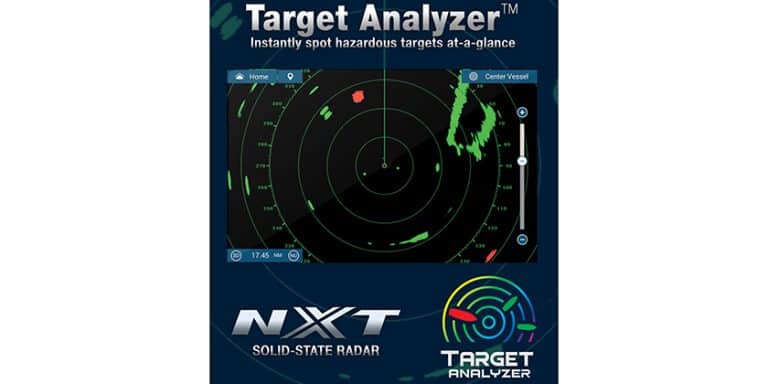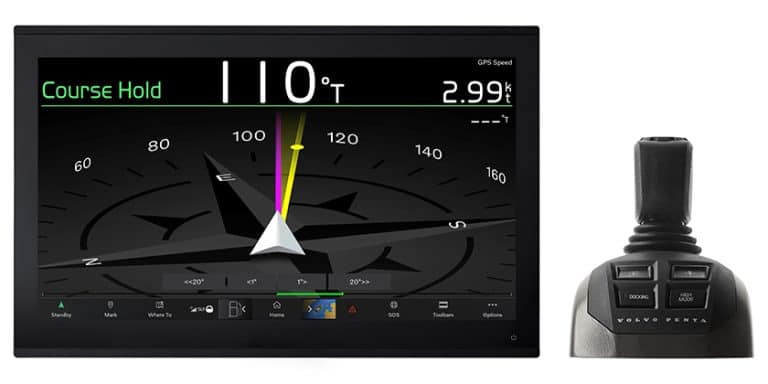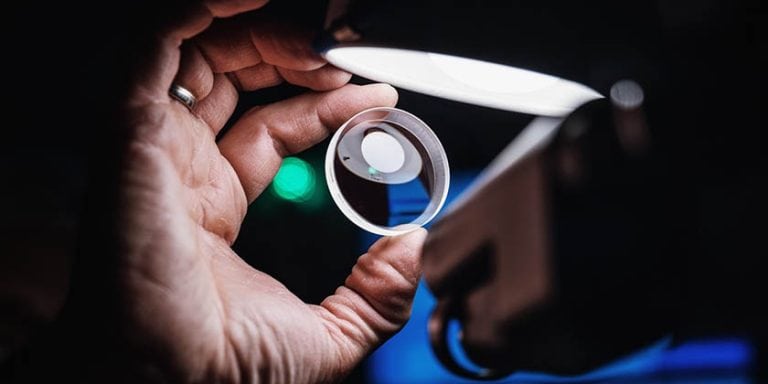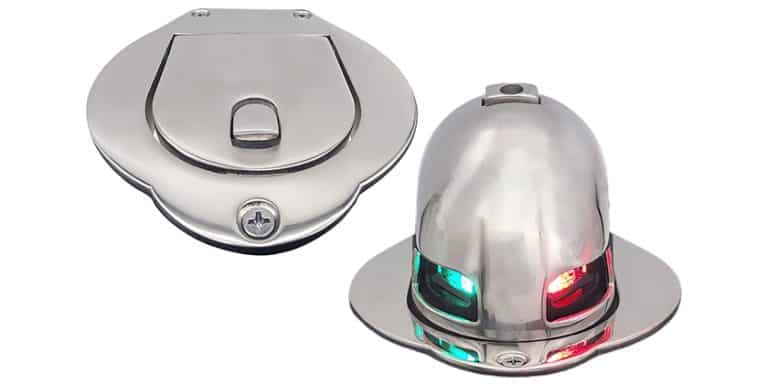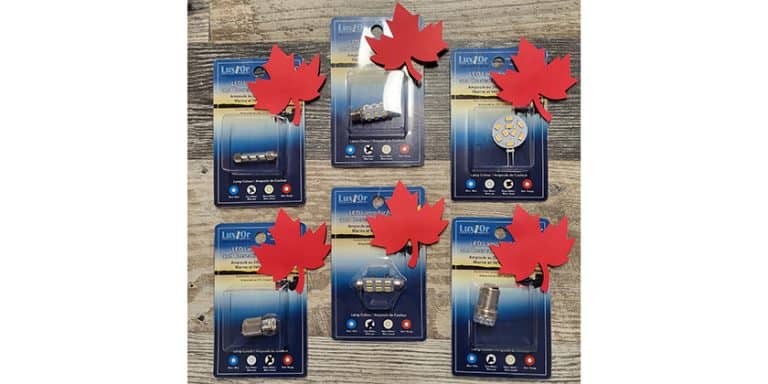Shopping for Radar
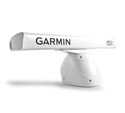
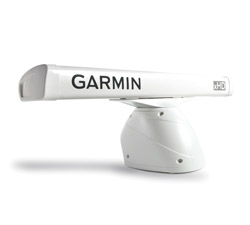 Across Canada, boat show season will be starting soon with major shows in Toronto, Vancouver, Montréal and Halifax plus smaller shows across the country. The fastest pace of development and new product introductions is in marine electronics and the changes in recreational boat radar are among the most dramatic.
Across Canada, boat show season will be starting soon with major shows in Toronto, Vancouver, Montréal and Halifax plus smaller shows across the country. The fastest pace of development and new product introductions is in marine electronics and the changes in recreational boat radar are among the most dramatic.
Real standalone, small boat radar is now available for under $2,000 and for fishermen and cruisers who might get caught out in darkness, or in weather like fog or rain, a radar system can be a critically important investment in your safety. If your boat has an older radar system, you may want to look at upgrading to some of the new technologies because the advances in performance are remarkable.
Every boat show will have displays of the latest marine electronics and with so many new features and innovations, you will want to shop around extensively. There is plenty to choose from!
Starting with a bit of background, RADAR is an acronym meaning RAdio Detecting And Ranging. Radar is a device which measures not only the time it takes for a signal to be reflected back from an object but also that object's bearing relative to your position. No other piece of marine electronics gives you as much information about objects around you as radar does.
While radar is the ultimate anti-collision aid, it also provides information about the location of neighboring vessels, coastal outlines, channel markers and objects in the water. The better X-band systems have the range to track a weather front that may be approaching. Radar helps you avoid a loss of "situational awareness" because of poor visibility or darkness. With radar acting as your eyes, you can monitor your surroundings and the movement of other vessels. Most units have an alarm feature that alerts you when a target enters a zone that you have identified.
These are all good features and there is plenty more too.
There are three main types of recreational marine radar on the market today: a traditional type of analog open array radar similar to what you would see on a large ship, the new HD digital units using either a radome or an open array and the most radical technological departure, the broadband radar units which use a small radome.
While the standalone units are affordable and ideal for smaller boats, as you move up in size and features, you can choose a radar system that integrates radar functions with your suite of electronics – what we like to call your glass helm.
Look for a radar system that works through a multifunction navigation display that includes integration with GPS, sonar, Automatic Identification System (AIS), weather information, digital switching and some even display your entertainment feed from DVD players or satellite TV!
One of the most powerful navigational aids is where you can lay the radar information over your electronic cartography. This enables you to verify that landmasses and structures that the chart says you should be seeing are actually there and where you expected it to be!
Naturally, one of the most valuable radar functions is to locate other vessels and the systems that display a "trail" make it easy to spot moving targets and direction.
The feature fishermen are looking for is "bird mode". Sea birds naturally congregate above schools of baitfish. At the same time, game fish congregate near the bait. The new HD digital technology raises the sensitivity of the scanner, while at the same time suppressing unwanted echoes from wave tops, atmospheric contamination and moisture. The resulting picture clearly defines bird contacts at long range.
The new digital scanners, even in the lower power ranger of 2.2 kW, offer performance only seen in larger more expensive systems until now. The choice between using a radome or an open array antenna and how much transmit power [in kilowatts] is more a matter of vessel size, budget and the type of use you plan.
When comparing the new HD digital systems, it used to be that the more power you had, the more effectively the radar worked through rain and fog. Now, new HD digital signal processing technology allows small radomes to deliver superior long and short range target detection, map like picture clarity, simultaneous dual-range scanning and bird detection too.
Almost every marine electronics company now offers HD digital systems. These may offer the features you want with the range and detail you need.
Then there are the new broadband systems. Broadband is the most significant radar breakthrough since the 1940s because it is a totally different mechanism.
Conventional pulse radar uses a magnetron to generate a post microwave signal that is transmitted from the rotating radar antenna. This "bang" of microwave energy is reflected off targets it hits and returns to the radar. The time it takes determines the range and bearing.
The Navico web site describes conventional pulse radar as being like shouting loudly in one direction and then listening to see if you hear an echo, turning and then repeating.
Broadband radar uses a continuous radar signal, reading the changing frequency, at a very much lower power and listening for the changes in that signal, also continuously. This is more like whispering continuously and listening at the same time.
The different technology delivers very clear images including your immediate surroundings. The low power allows reading images right up to the side of your vessel which is fantastic for tight manoeuvers in marinas or channels. Also, there is no magnetron to warm up – broadband is "instant on" solid-state circuitry. This also draws low power consumption so it's ideal for all types and sizes of boats.
Also when adding radar to small boats, broadband has extremely low emissions – fewer emissions than a mobile phone and much lower than a pulse system with a magnetron that may have 2000 watts of power.
The short-range performance is exceptional and some systems can display 400 feet, 300 feet and 200 feet with rings of only 100 feet.
While both HD digital and broadband offer great new small boat performance features, they also have a lower price and some are very simple to install as well. Make your plans now to investigate the literally dozens of product choices to match any glass helm suite you may choose.

